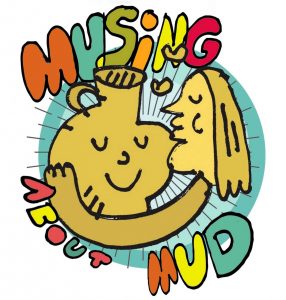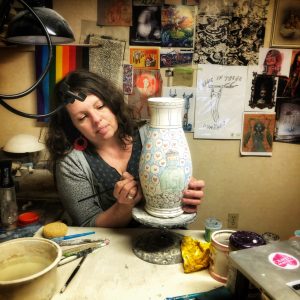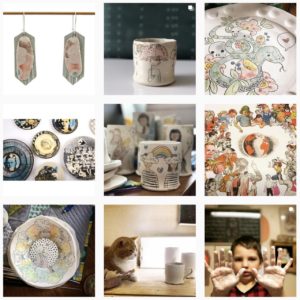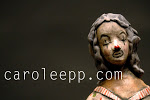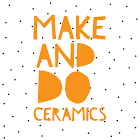by Carole Epp | Apr 30, 2009 | Uncategorized
Need a reason other than the fact that it can snow at the end of April in the prairies as motivation to get you to plan a visit? How about the SASK TERRA Sculpture Workshop with Fred Olsen?

LAST MOUNTAIN LAKE CULTURAL CENTRE,
REGINA BEACH, SASKATCHEWAN, CANADA
AUGUST 23 – 30, 2009
REGISTRATION DEADLINE JUNE 1st, 2009
details , symposium application and scholarship application click here
by Carole Epp | Apr 30, 2009 | Uncategorized
Geil DL12F Kiln for Sale
-12 cubic feet of stacking space (stacking area is 36″ high x 24″ x 24″)
-Fiber lined – very economical to fire because of low thermal mass – uses 17 cubic feet of natural gas to fire to cone 10 (about $20 at current rates)
-Will run on propane or natural gas
-Has pressure regulator to adjust gas pressure throughout firing for fine control
-Very compact (kiln is 43″ wide by 50″ deep) – burners are underneath kiln and the integral chimney is at the back of the kiln
-Permanent door mounted on hinges – no need to brick up a door each firing
-Thermocouple and pyrometer
-Collection hood and chimney included – the integral chimney ends at the top of the kiln and vents into the collection hood, then through the hood chimney to exit the building
-18 kiln shelves and many kiln posts included, all in good shape
– Kiln is in Saskatoon, SK
Asking price is $4,000
For more information:
Zane Wilcox (306)653-2656
[email protected]
by Carole Epp | Apr 30, 2009 | Uncategorized
Well it’s sad to say, but today is the last day of April and thus artist of the day month is over…sigh. It was fun while it lasted right?
I really want to take a minute to thank each and every artist that participated and shared their amazing talents and work with us. I feel like it’s been a month full of insight into so many unique approaches to subject matter, process and perspectives on contemporary craft theory and production. I think this is definitely something I’m going to have to bring back in the future…
So last but not least I leave you will today’s artist of the day: Paula Cooley, who is a fantastic artist I’ve had the pleasure of collaborating with recently for our Subverted Utility exhibition in Red Deer. I think i’m often drawn to her work because it incorporates so much aesthetically and formally that my work doesn’t. Not that one aesthetic is better than the other, i’m just really compelled by a visual language or vocabulary that is distant from my own. It sparks my curiousity and wonder. There is alot of play and personality in Paula’s work, I do hope you enjoy it as much as I do.
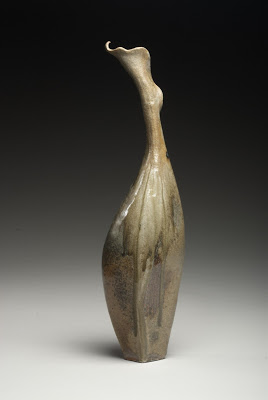
In Paula’s words: “Initially I was interested in functional pottery but over time I have become increasingly intrigued by sculptural vessels. For me, the way a vessel shapes space now takes precedence over its function. The suggestion of movement and growth is key to my current ceramic work: I want my pieces to look as if they might dance or grow.
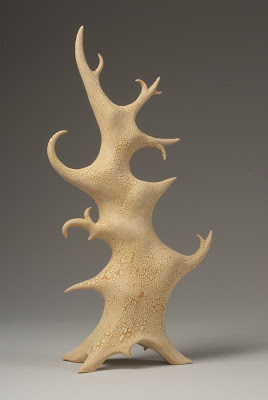 Some of my vessels are built as mated or interdependent pieces, and placed to create negative spaces as evocative as their positive forms. Like the space inside a vessel, the surrounding “empty”space can be manipulated to become a dynamic, and necessary part of the work, a means of transforming two or more separate objects into a single work of art.
Some of my vessels are built as mated or interdependent pieces, and placed to create negative spaces as evocative as their positive forms. Like the space inside a vessel, the surrounding “empty”space can be manipulated to become a dynamic, and necessary part of the work, a means of transforming two or more separate objects into a single work of art.
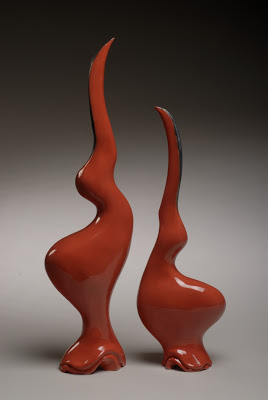 I work with many types of clay (earthenware, porcelain, stoneware), matching the clay to the surface I wish to achieve. Through their long history the ceramic arts have evolved a tremendous range of decoration and firing techniques, each geared to achieve a specific result. Some pieces I choose to fire in a low temperature raku kiln while others are fired in high temperature atmospheric kilns (salt and/or wood.)Some of my pieces have no glaze: their surface decoration is a result of smoke and burning combustibles. Other works have both glaze and paint on their surfaces.
I work with many types of clay (earthenware, porcelain, stoneware), matching the clay to the surface I wish to achieve. Through their long history the ceramic arts have evolved a tremendous range of decoration and firing techniques, each geared to achieve a specific result. Some pieces I choose to fire in a low temperature raku kiln while others are fired in high temperature atmospheric kilns (salt and/or wood.)Some of my pieces have no glaze: their surface decoration is a result of smoke and burning combustibles. Other works have both glaze and paint on their surfaces.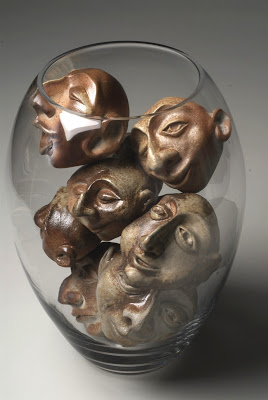 My vessels are wheel thrown or hand built, and many are altered by removing or adding clay. These alterations help me to capture the fluidity of life–a sprouting plant, a moving body. My pieces are organic in appearance, reflecting the natural world that is the ultimate maker of vessels: seeds, bulbs, shells, bodies. “
My vessels are wheel thrown or hand built, and many are altered by removing or adding clay. These alterations help me to capture the fluidity of life–a sprouting plant, a moving body. My pieces are organic in appearance, reflecting the natural world that is the ultimate maker of vessels: seeds, bulbs, shells, bodies. “
Thanks again everyone for making April so beautiful to look at here at musing!
by Carole Epp | Apr 30, 2009 | call for entry, emerging artist, job posting, monday morning eye candy, movie day, residency opportunity, show us your influences, technical tuesday
CALL FOR PROGRAM PROPOSALS FOR 2010 PHILADELPHIA
Deadline May 8, 2009. Early submittals are encouraged!!!
TOPICS FOR PROPOSALS
For the 44th annual meeting of NCECA in Philadelphia, we call for proposals of lectures and panel discussions relating to issues of exploration, discovery, and the relevance of site, location and environment. As always, we also welcome proposals on all subjects relevant to our field. Submissions will be evaluated in regard to merit, the presenters’ expertise in the area, and a general interest in providing a balanced and inclusive program for the members. The general categories for proposals are as follows:
Aesthetics and Critical Theory
Art History
Education
Professionalism
Technology
New Work
2010 NCECA INVITATIONAL
“EARTH MATTERS”
DEADLINE JUNE 1, 2009
The 44th Annual NCECA Conference, “Independence” will be held in Philadelphia, Pennsylvania at the Philadelphia Convention Center, March 31 – April 3, 2010. In conjunction with the conference, The Galleries at Moore College of Art and Design will host the 2010 NCECA Invitational “Earth Matters” from March 13 to April 15, 2010.
The NCECA Invitational is a themed, curated exhibition that features leading edge, large scale and often challenging ceramic art. A foundation group of works are selected by invitation; then artists are invited to submit additional images that support the theme for consideration. This format brings established reputations and emerging talent to bear on the selected theme and adds vitality and fresh perspectives to an ongoing dialogue. The submission process is open to all artists working in ceramics.
The 2010 theme is “Earth Matters” focusing on environmental appreciation, concerns and solutions related to human health. Works exploring the following themes will be considered.
• Appreciation of the beauty and fragility of our environment encouraging stewardship
• Warnings of environmental hazards and their possible consequences
• Solutions and positive approaches to managing the health of our planet and ourselves
2010 NATIONAL STUDENT JURIED EXHIBITION
DEADLINE OCTOBER 1, 2009
ONLINE FORM AVAILABLE MID-SUMMER
In conjunction with the 44th conference, the University of the Arts’ Rosenwald Wolf Gallery will host the NCECA 2010 National Student Juried Exhibition, March 25-April 14, 2010.
The NCECA 2010 NSJE is open to all matriculating fulltime undergraduate and graduate students in the United States of America, except for those enrolled at the institutions of the jurors; Erin Furimsky and Matt Long.
Jurying will be conducted from images of actual works available for the exhibition. No substitutions will be allowed. Each student may submit up to two works, with up to two images per entry.
Now is the time to document the work you have created so far this year.
For more info on all of these opportunities please visit NCECA website.
by Carole Epp | Apr 29, 2009 | Uncategorized
I’m sure by now you’ve all had a wander over to the Avicam website, and if you haven’t you’re missing out on some great articles on ceramics, beautiful artwork in the gallery pages and lots of opportunity and events information. And today’s artist of the day is the lovely Avi Amesbury herself!
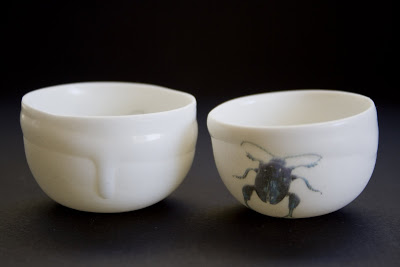 I’ve known Avi’s work for a few years now and even have a couple beautiful little pieces in my collection. Avi is one of those amazing artists who works in arts administration, behind the scenes, doing lots of advocacy work for craft, all the while maintaining an ever evolving, thought provoking and downright beautiful object based studio practice.
I’ve known Avi’s work for a few years now and even have a couple beautiful little pieces in my collection. Avi is one of those amazing artists who works in arts administration, behind the scenes, doing lots of advocacy work for craft, all the while maintaining an ever evolving, thought provoking and downright beautiful object based studio practice.
This image is of the work that will be in the White Heat exhibition, which is part of the Australian National conference in Sydney this July. Will definitely be a show not to be missed, the line up is fantastic!
Here’s a bit from Avi about the project:
“/Collections /2009
For more than 69 years expeditions to collect and record Australian insects have been in place. In 1926, as a result of the federal government’s /The Science and Industry Research Act, /the Commonwealth Council for Scientific and Industrial Research (CSIR) was formed. As a result the number of specimens collected by entomologists and those donated from private collections grew by the thousands. Insect collecting trips continued well into the 1990s and the number of specimens being housed in the Australian National Insect Collection (ANIC) grew by the millions.
This current body of work, /Collections /2009, is drawn from photographs taken from visits to the insect collection at the CSIRO, in Canberra and those generously supplied by Dr Steve Shattuck. The series responds to the notion of collections for research.”







